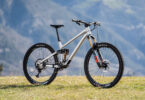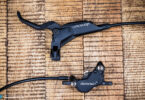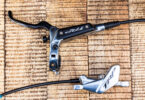Tire colossus MAXXIS’ portfolio is constantly growing, and the Taiwanese manufacturer aims to offer the right tire for every bike type and riding condition. The latest addition to their range is the new Aspen ST tire, which was developed to generate the lowest possible rolling resistance. While they were at it, MAXXIS also developed a new, lighter casing to match the Aspen’s intended use.
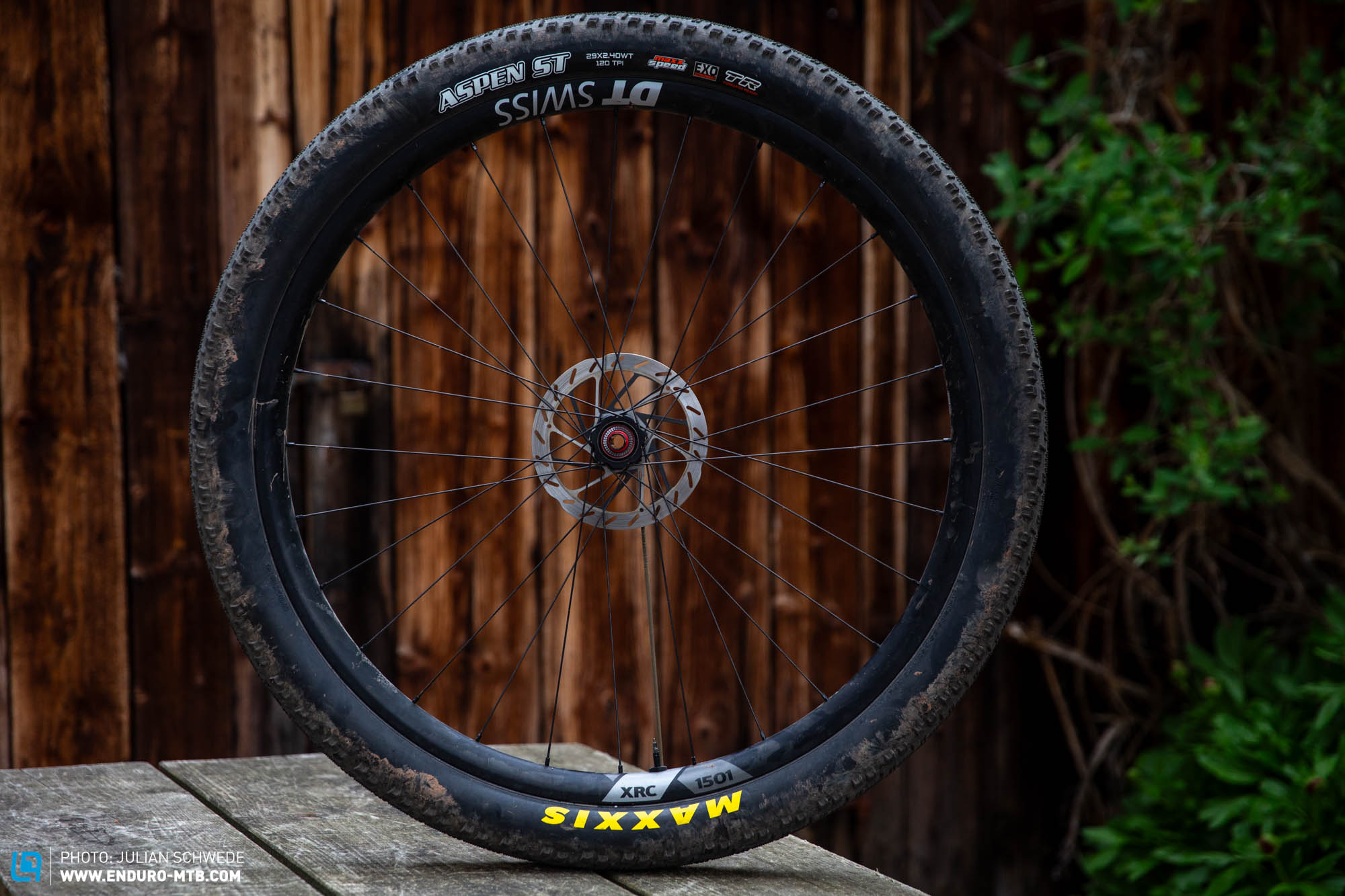
The MAXXIS Aspen is a true best-seller in the XC segment, and now has a new, lighter sibling, which is meant to roll faster on hard surfaces. The new Aspen ST (Short Track) features a completely new tread pattern. While MAXXIS’ sponsored riders have been using it for quite some time already, the Aspen ST is now also available to the general public in a limited Team Spec version for the Aspen ST and the Aspen 170TPI. This has a very shallow profile, which makes it suitable for dry conditions and firm surfaces. In other words, it’s MAXXIS’ tire of choice if you’re looking for low rolling resistance in those situations where a big contact area is more beneficial than an aggressive tread. This also makes it suitable for gravel bikes, provided your frame has enough clearance. The new Aspen ST Team Spec is only available in the MaxxSpeed rubber compound, which is the fastest rolling compound in the MAXXIS range and therefore suits its intended use perfectly.
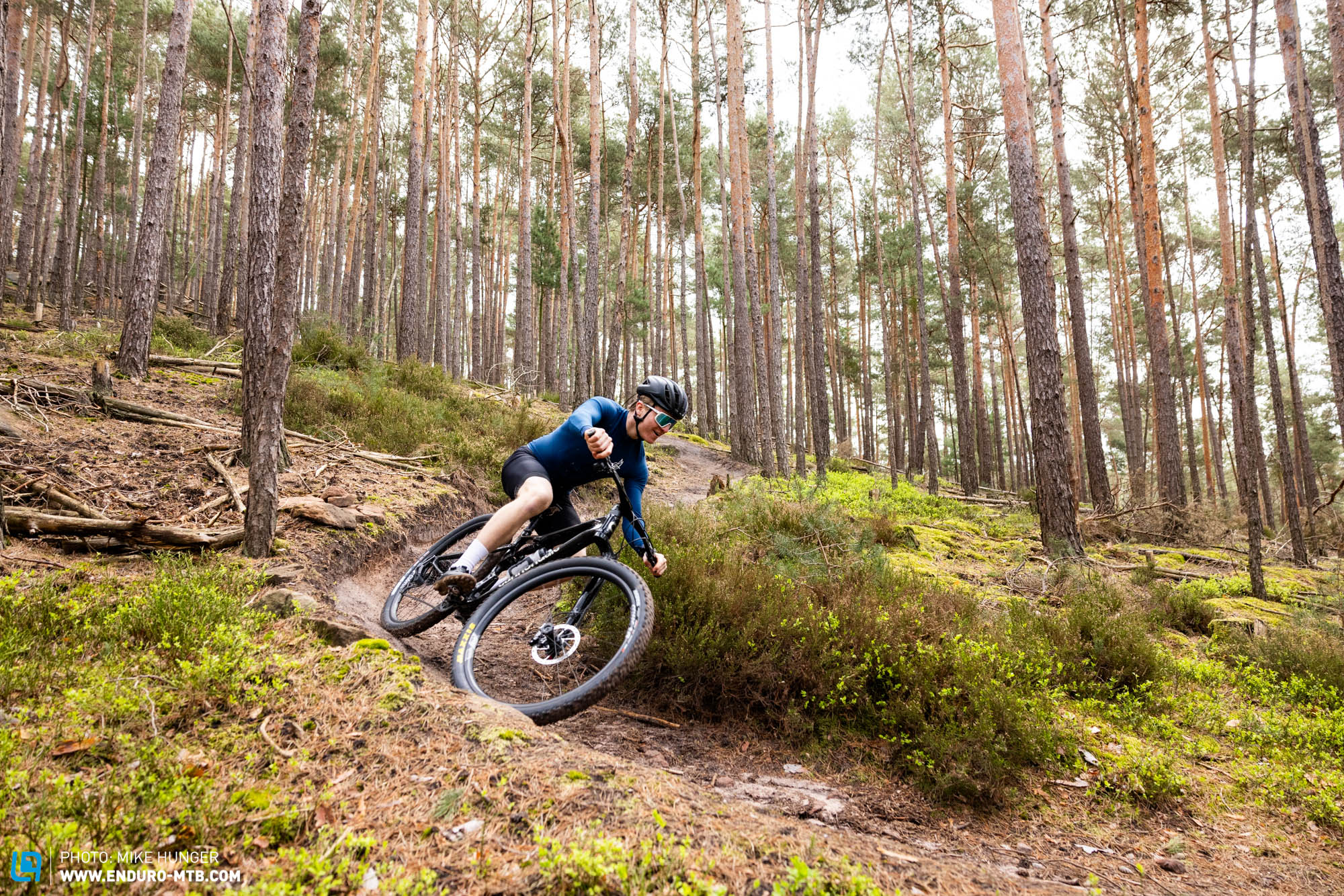
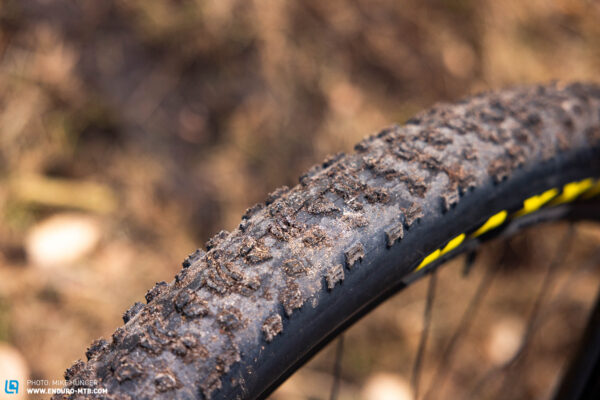
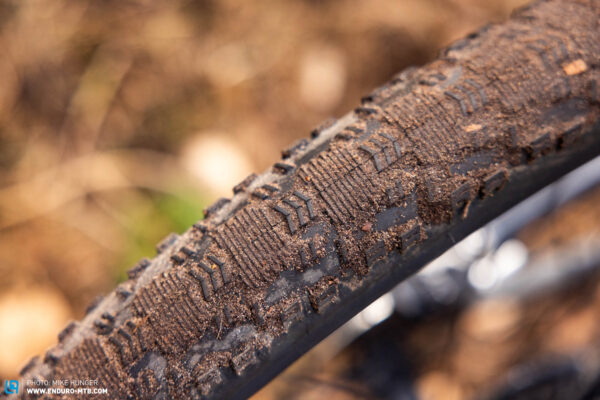
All Aspen ST tires come in the familiar EXO casing, though with a choice of two different thread counts in the casing, denoted in TPI (threads per inch). The MAXXIS Aspen ST is available in both the common 120 TPI variant and a new 170 TPI version. Although 120 TPI might sound thinner and flimsier, it’s actually the more robust variant, as it uses thicker fibres than the 170 TPI version, which uses thinner threads to make a thinner, more pliable fabric. The shape is the same, but the new 170 TPI casing weighs 60 grams less. The 170 TPI Aspen in 2.4” tips the scales at just 685 g. The thinner casing is meant to be even faster, with the fine threads allowing the tyre to mould more easily to the surface below. The special edition variant distinguishes itself from the conventional model through the additional “Team Spec” and “170 Technology” markings. Alongside the new Aspen ST, MAXXIS also released a new 170 TPI version of the conventional Aspen. The new ST models with 120 TPI casing retail at € 79.20, while the lighter 170 TPI variant sets you back € 85.
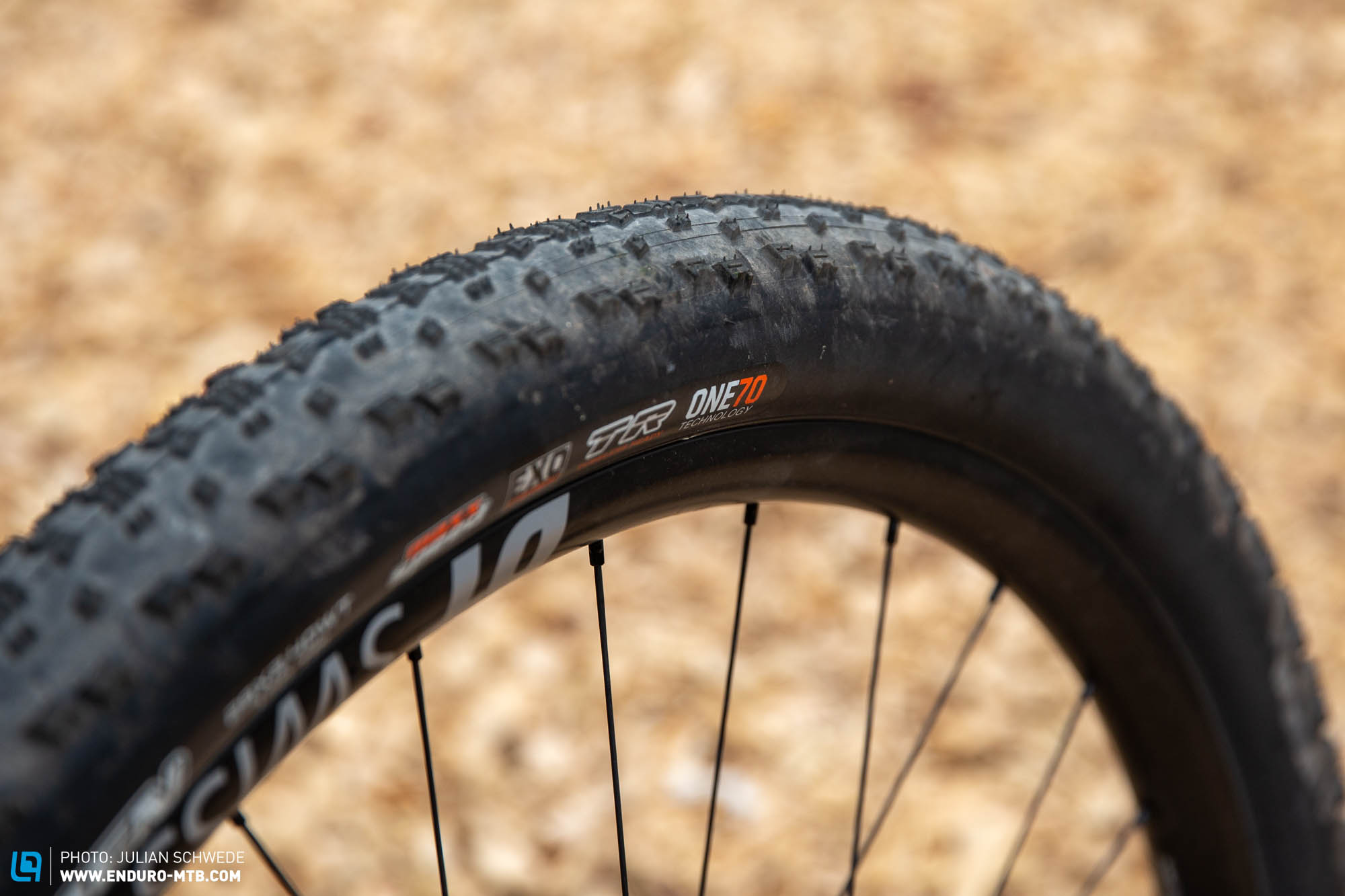
All MAXXIS Aspen ST variants
Both models of the new MAXXIS – the Aspen and Aspen ST – are available in two widths, 2.25″ and 2.4″. If you’re thinking of getting one for your gravel bike, 2.25” is equivalent to 57 mm. Both sizes are available in both the 120 and 170 TPI casings.
| Name | Size | TPI | Weight (Manufacturer’s information) | Price |
|---|---|---|---|---|
| MAXXIS ASPEN ST | 29″ x 2.25″ | 120 | 670 g | € 79.20 |
| MAXXIS ASPEN ST | 29″ x 2.25″ | 170 | 610 g | € 85 |
| MAXXIS ASPEN ST | 29″ x 2.4″ | 120 | 750 g | € 79.20 |
| MAXXIS ASPEN ST | 29″ x 2.4″ | 170 | 685 g | € 85 |
| MAXXIS ASPEN | 29″ x 2.25″ | 170 | 650 g | € 85 |
| MAXXIS ASPEN | 29″ x 2.4″ | 170 | 710 g | € 85 |
The MAXXIS Aspen ST on the trail
The MAXXIS Aspen ST does what it’s supposed to do: roll fast! For this test, we combined the slightly more aggressive MAXXIS Aspen at the front with the faster-rolling ST variant at the rear. At the front, we used the lighter 170 TPI casing, while at the rear we opted for the more robust 120 TPI variant. The low weight of the tires (566 g front/ 610 g rear) reduces the rotating mass of the bike, which has a massive impact on handling. This makes it easy to accelerate and our test bike, a Cannondale Scalpel, felt more lively in sprints than with the standard Rekon Race/Aspen combo. When locking out the suspension on long tarmac transitions between trails, the Scalpel 2 Lefty felt as effortlessly fast as a gravel bike.
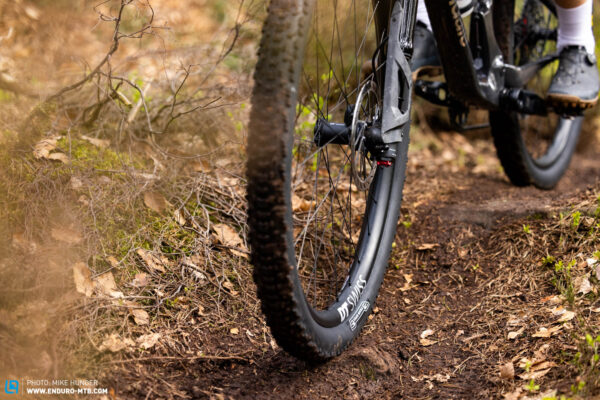

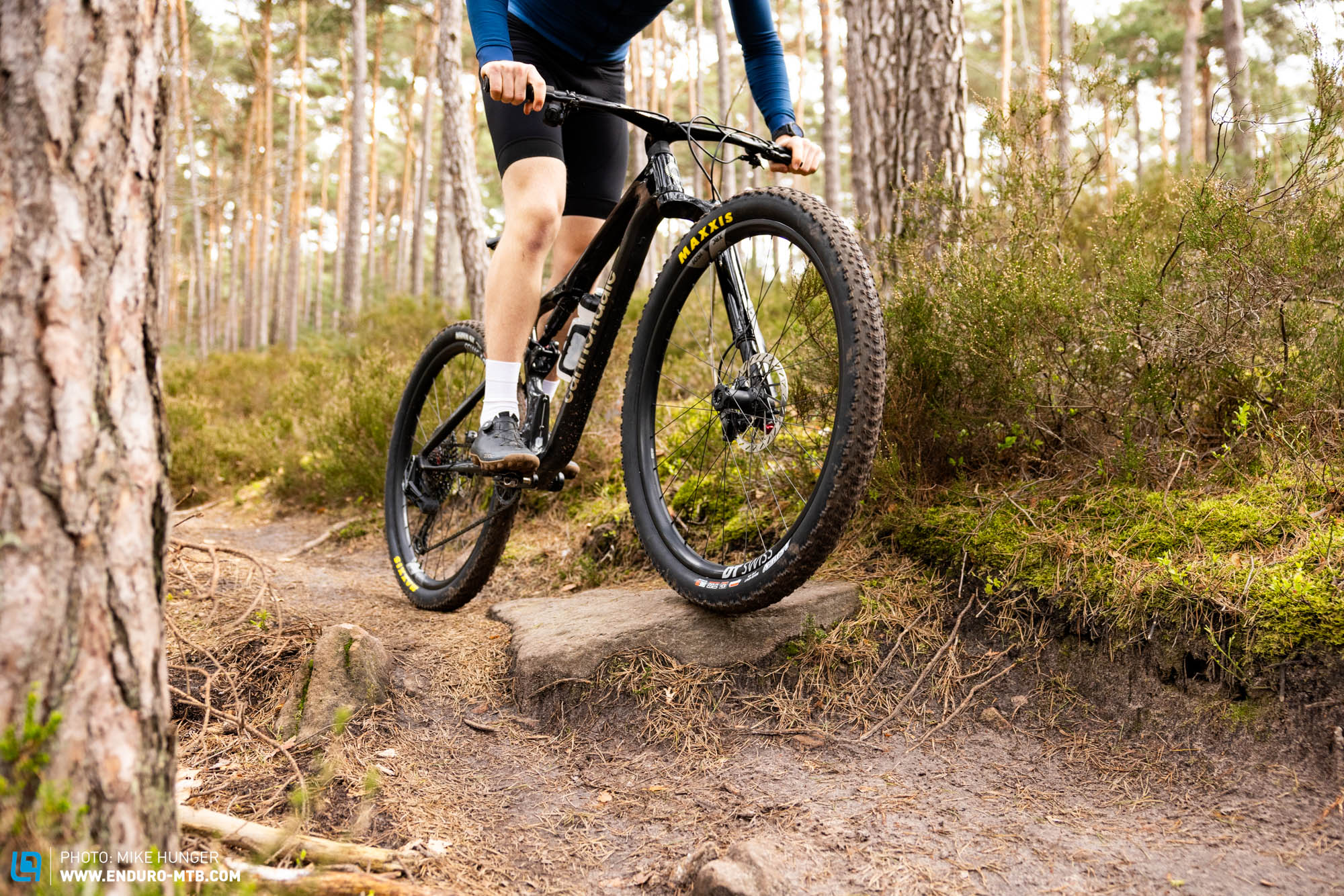
Before dropping into a trail, make sure you check what the weather was like over the past few days in the area: the Aspen works best on dry, hardpack trails. Steep loamers, on the other hand, are a no-go for the tire’s shallow profile – but then again, that’s not what it was designed for in the first place. On our dry, not yet dusty test trails, the Aspen rolls fast, with the pronounced side knobs ensuring excellent cornering traction together with the soft casing. The Aspen/Aspen ST (f/r) combo proved to be a confidence-inspiring option. However, the lack of centre lugs is clearly noticeable under braking, especially when you slam on the brakes before a sharp corner. Here, the rear wheel easily just drifts out of control, calling for carefully timed braking manoeuvres. The low rolling resistance is more noticeable when pedalling on level ground, where the bike feels notably faster than usual, and the tires really come into their own.
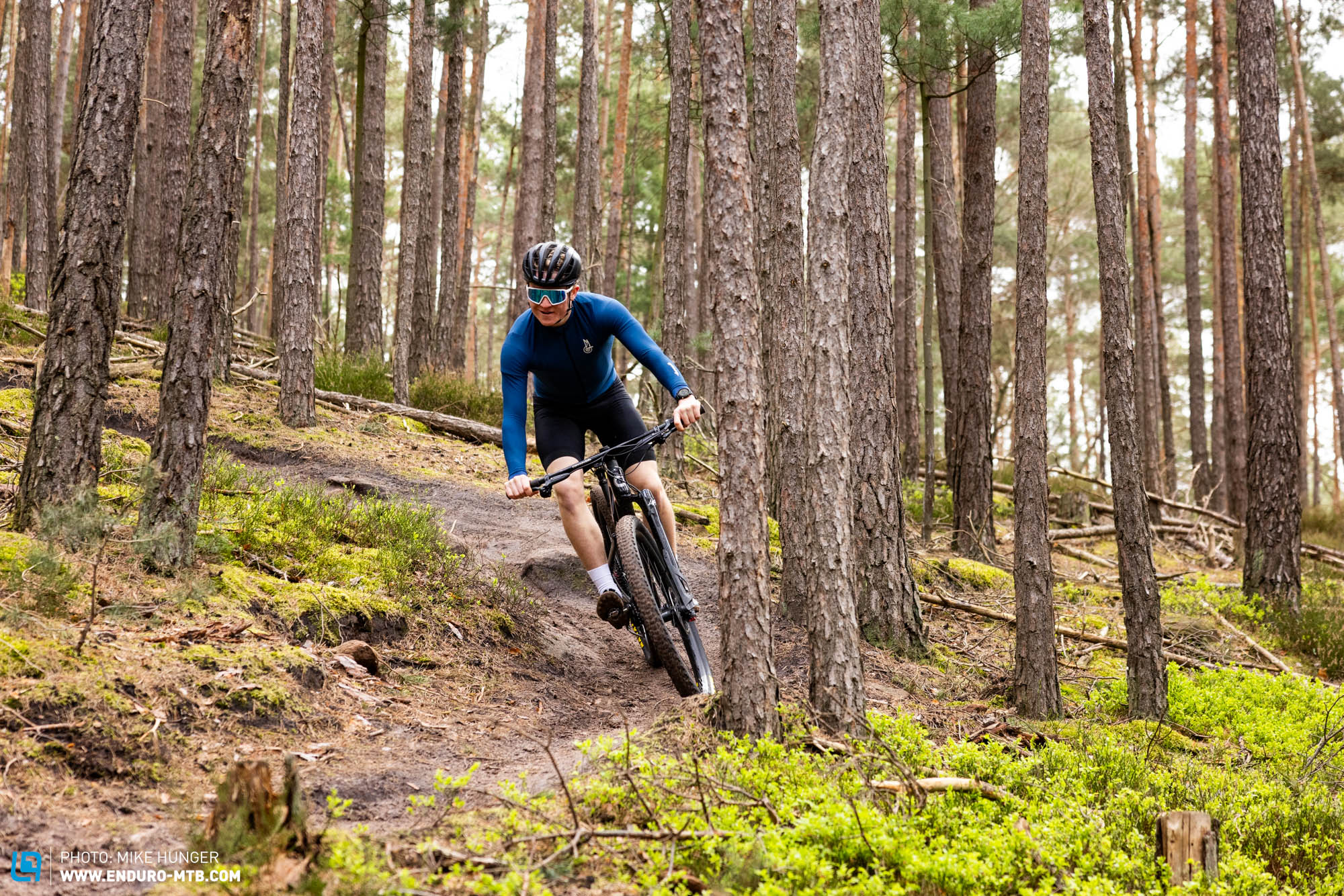
Tops
- Low rolling resistance
- Good cornering traction on dry, hardpack trails
- Light
Flops
- Little puncture protection
Our conclusions about the MAXXIS Aspen ST
Does the new MAXXIS Aspen ST make you ride like a team rider? Not really! Instead, the new Aspen ST covers a very narrow range of applications, ensuring a fast, effortless riding experience on hardpack trails. While it’s clearly not the right choice for all-weather riders, it feels at home between the tapes where every second and every Watt counts.
For more info, visit maxxis.com
Did you enjoy this article? If so, we would be stoked if you decide to support us with a monthly contribution. By becoming a supporter of ENDURO, you will help secure a sustainable future for high-quality mountain bike journalism. Click here to learn more.
Words: Julian Schwede Photos: Mike Hunger, Julian Schwede




